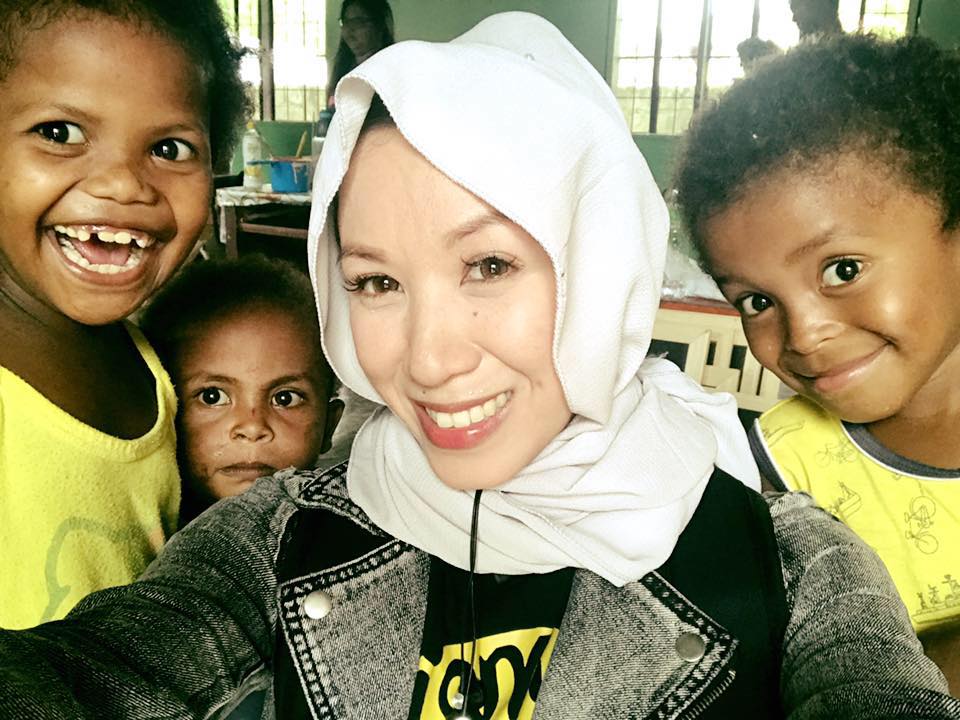
As I was listening to Rev. Nyabera, Rev. Taylor, Prof. Quatrucci and Mr. Morgan, two perspectives came into my mind through the wisdom shared by Mahatma Gandhi and Mother Teresa. Upon integrating these 2 compassionate minds, I’ve come to a realization as Gandhi said that Poverty indeed, is the worst form of violence… And why is that so?…
It then leads me to what Mother Teresa had strongly believed in… Poverty is the worst form of violence because it gives our brothers and sisters, our children the feeling of being unwanted, neglected, unloved, uncared for, forgotten by everybody. With this, Mother Teresa thought that this is a much greater hunger, which for me can even result or lead to a much greater poverty. This perspective is what I want to give much emphasis on when it comes to the link between Child Poverty and Violence Against Children, a particular view that was also given emphasis by both of our speakers… If I were to come up with an equation for this, it would be: Poverty is equal to a Negative Impact on a Child’s Emotional Development, and Poverty’s Negative Impact on a Child’s Emotional Development will again result to Poverty with an exponential function leading to more forms of poverty, more negative consequences on the part of a child. Thus, more numbers, more amount of violence… This shows that poverty and violence is connected and at the same time, have become a culture and a cycle, a cycle of darkness, a cycle of nightmare for every child in this world.

Poverty has the greatest impact on our children as it deprives them of the right to safe, peaceful and nurturing environments. In the experience of our organization, Teach Peace Build Peace Movement, with peace missions being conducted in conflict areas and indigenous communities where families live hand to mouth, and children are used to hearing bomb explosions, gunfire or are used to being called derogatory names because of how they look like… our team, which is composed of young dedicated volunteers have found that families in underserved communities tend to focus less on their children’s social and emotional development, that eventually for some, resulted to children joining armed threat groups… I remember a Mother asking me, “How can we teach Peace and Love to our children if all they have witnessed their entire life is war, hatred and hardship?” My answer was this:
“The reality is, we cannot control the negative elements in our society, and the challenges that have been in our midst, but what we can take control of is our own homes, our own families… We have to do our best to create our own peace zones, our own safe zones for our children. And we are here to guide you in that part of your journey as parents…”
There was also one child who drew a cartoon character pointing a gun to another with the term “Kill,” because this is what he sees in an environment of extreme poverty, a community where there’s armed conflict… And from that point I realized that in these types of communities, it is very important to teach parents, teachers and community leaders how they can give affective support to the young people, to make them feel that they value… that they have the capacity and potential to improve their lives… that they can be good citizens of the country. Our organization through our Schools and Communities of Peace Heroes Formation Program has been helping promote a Culture of Peace Environment for the children and families that we have been serving… and we have been working hand in hand with them on creating a strong foundation towards their children’s emotional and social development. And in just a few months, we have noticed a behavioral change of our children despite the situations that they are in. From a child’s drawing about killing and darkness to a drawing about protecting his fellow kids and the community from conflict and violence.
I strongly agree with what Cardinal Maradiaga said during the forum We have to look into education and other sustainable strategies in addressing violence. We have to teach our young people the Culture of Peace and Resilience for them to know how to respond and overcome tragedy, hardships and stressful situations caused by driving factors like poverty. This approach should be institutionalized in every school, in every community, in every country and all throughout the world.

My points for reflection to each of my brothers and sisters is this: As emphasized by Mr. Morgan, there is now a roadmap, the SDGs that call for a global action… for our children to live in a better and more peaceful world. And while we aim to end child poverty and end violence against children, we also have to break the cycle. We have to break the chain of violence. My Call to All of Us is for us to help build different generations of young people who will no longer feel alone and hopeless but will feel and find so much love, peace and sense of belongingness. Let us create a strong movement to institutionalize Schools of Peace, creating spaces for this and creating policies that will ensure educating not just the minds of our young people but all the more their hearts and souls.
What are we going to do now? Let’s Unite for our Children…#AllforChildren

